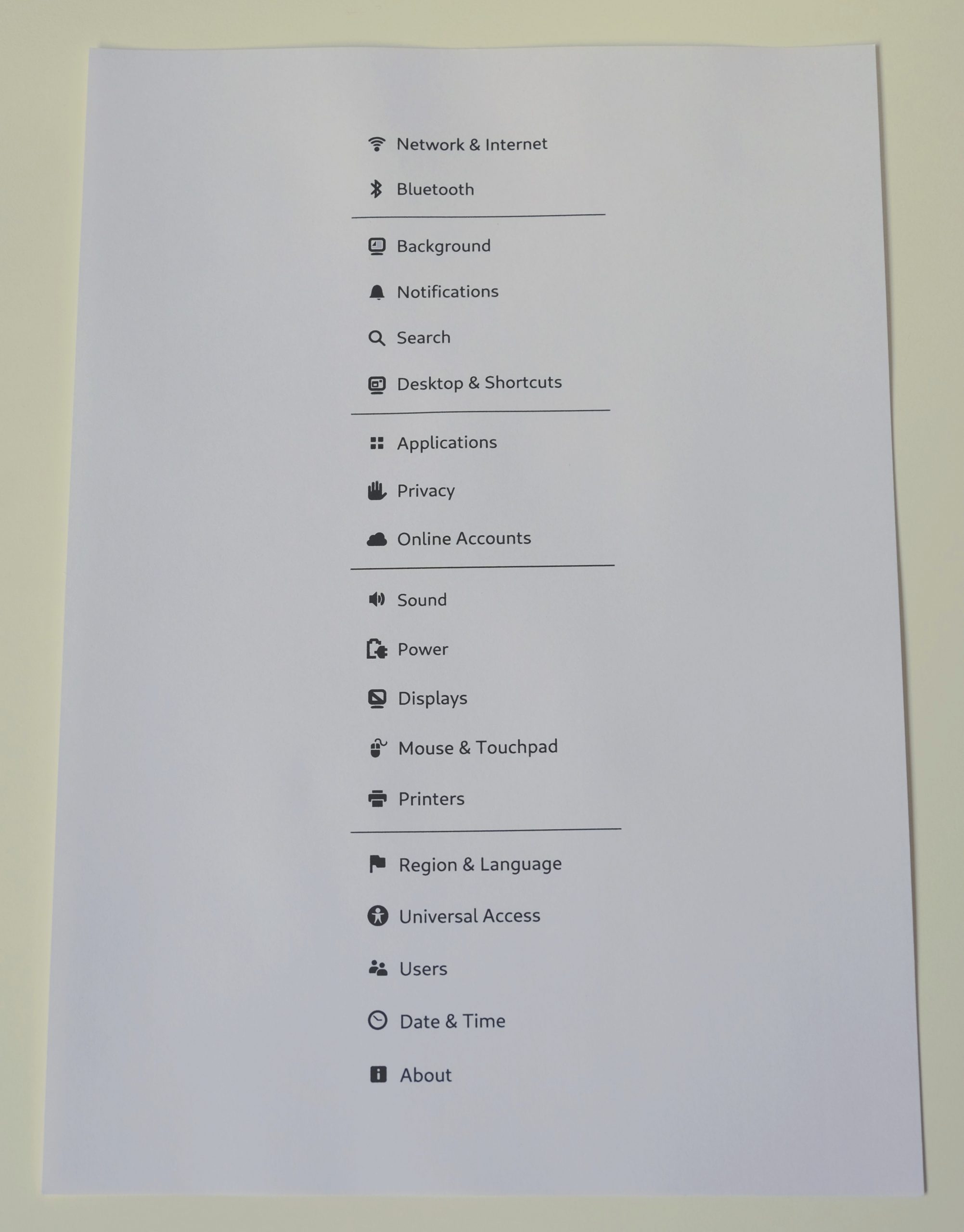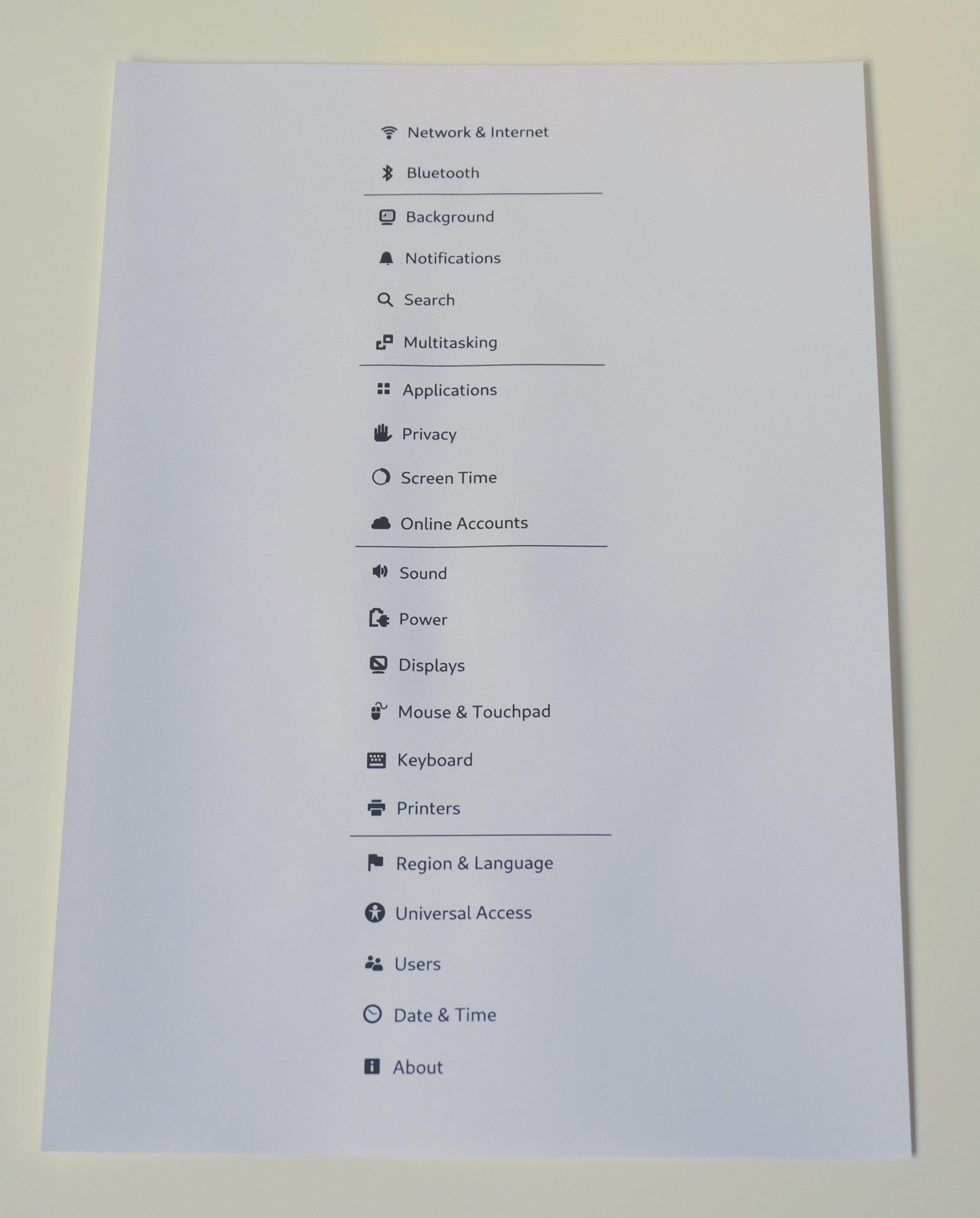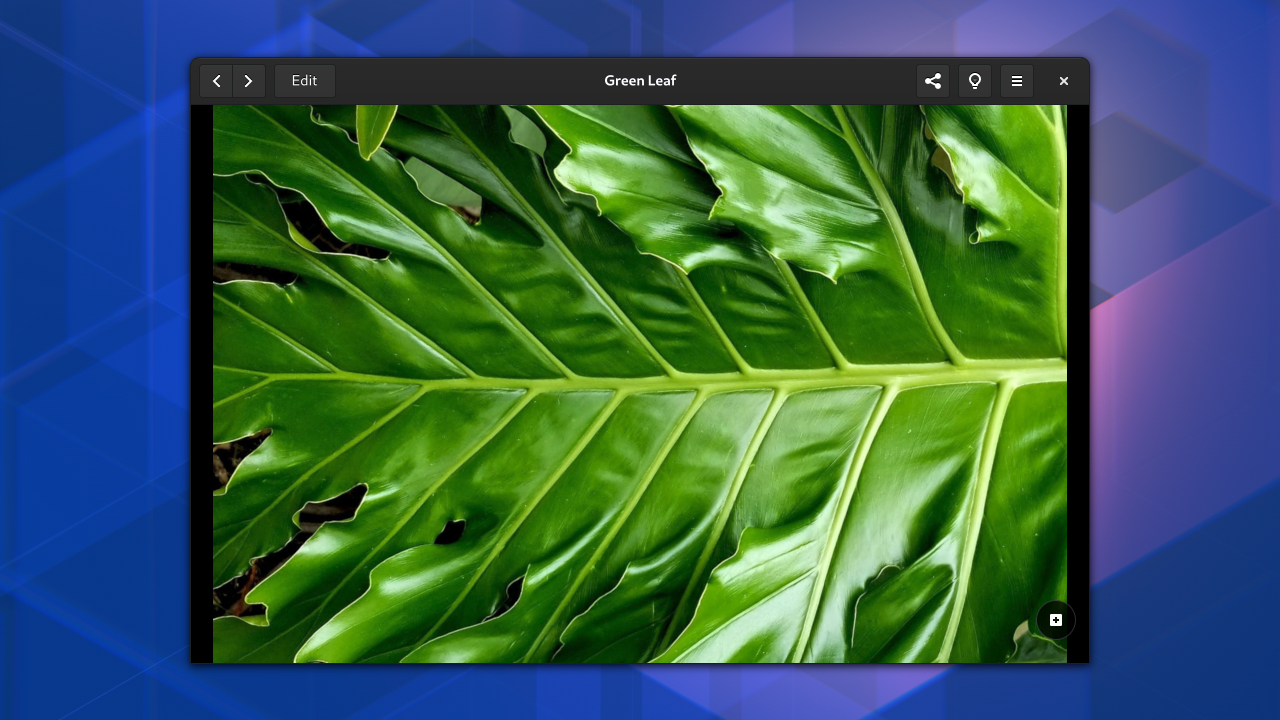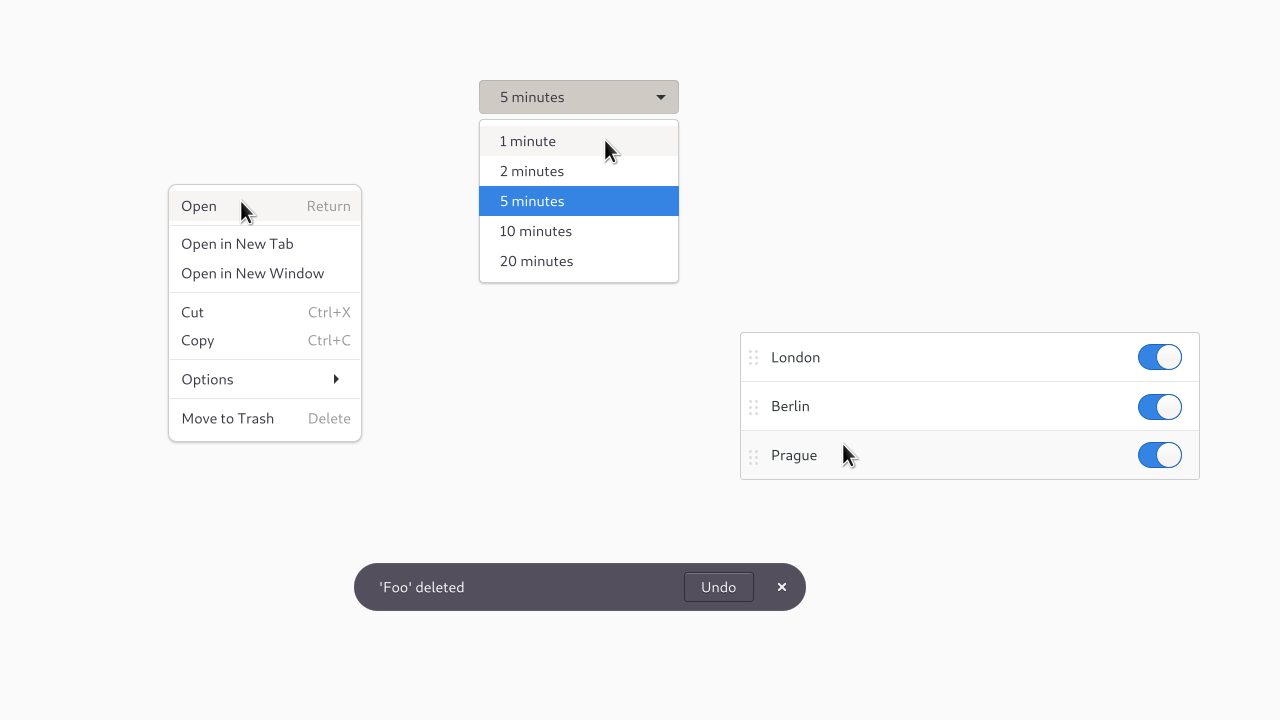The 2020 elections for the GNOME Foundation Board of Directors are underway, so it’s a good time to look back over the past 12 months and see what the current board has been up to. This is intended as a general update for members of the GNOME project, as well as a potential motivator for those who might be interested in running in the election!
Who’s on the board?
This year, the board has been Britt Yazel, Tristan Van Berkom, Philip Chimento, Rob McQueen, Carlos Soriano, Federico Mena Quintero, and myself.
Rob’s been president, I’ve been the vice-president and chair, Carlos has been treasurer, Philip has been secretary, and Federico has been vice-secretary.
In addition to these formal roles, each of our board members has brought their existing expertise and areas of interest: Britt has brought a concern with marketing and engagement, Federico has been our code of conduct expert, Rob has brought his knowledge of all things Flatpak and Flathub, Carlos knows everything Gitlab, and Philip and Tristan have both been able to articulate the needs and interests of the GNOME developer community.
Meetings and general organisation
The board has been meeting for 1 hour a week, according to a schedule which we’ve been using for a little while: we have a monthly Executive Director’s report, a monthly working session, and standard meetings in the gaps in-between.
This year we made greater use of our Gitlab issue tracker for planning meeting agendas. A good portion of the issues there are private, but anyone can interact with the public ones.
Making the board into a board
Historically, the GNOME Foundation Board has performed a mix of different roles, some operational and some strategic. We’ve done everything from planning and approving events, to running fundraisers, to negotiating contracts.
Much of this work has been important and valuable, but it’s not really the kind of thing that a Board of Directors is supposed to do. In addition to basic legal responsibilities such as compliance, annual filings, etc, a Board of Directors is really supposed to focus on governance, oversight and long-term planning, and we have been making a concerted effort to shift to this type of role over the past couple of years.
This professionalising trend has continued over the past year, and we even had a special training session about it in January 2020, when we all met in Brussels. Concrete steps that we have taken in this direction include developing high-level goals for the organisation, and passing more operational duties over to our fantastic staff.
This work is already having benefits, and we are now performing a more effective scrutiny role. Over the next year, the goal is to bring this work to its logical conclusion, with a schedule for board meetings which better-reflects its high-level governance and oversight role. As part of this, the hope is that, when the new board is confirmed, we’ll switch from weekly to monthly meetings.
This is also the reason behind our change to the bylaws last year, which is taking effect for the first time in this election. As a result of this, directors will have a term of two years. This will provide more consistency from one year to the next, and will better enable the Foundation and staff to make long-term plans. There has been a concern people would be unwilling to sit as a Director for a two year period, but we have significantly reduced the time commitment required of board members, and hope that this will mitigate any concerns prospective candidates might have.
Notable events
The GNOME Foundation has had a lot going on over the last 12 months! Much of this has been “operational”, in the sense that the board has been consulted and has provided oversight, but hasn’t actually been doing the work. These things include hiring new staff, the coding education challenge that was recently launched, and the Rothschild patent case which was settled only last week.
In each case the board has been kept informed, has given its view and has had to give formal approval when necessary. However, the areas where we’ve been most actively working have, in some respects, been more prosaic. This includes things like:
Code of conduct. The board was involved with the review and drafting of the new GNOME code of conduct, which we subsequently unanimously approved in September 2019. We also set up the new Code of Conduct Committee, which is responsible for administering the code of conduct.
Linux App Summit 2019, which happened in Barcelona. This event happened due to the joint support of the GNOME Foundation and KDE e.V, and the board was active in drafting the agreement that allowed this joint support to take place.
Guidelines for committees. As the board takes a more strategic oversight role, we want our committees to be run and report more consistently (and to operate according to the bylaws), so we’ve created new guidelines.
2020 budget. The foundation has had a lot going on (the coding challenge, patent case, etc) and all of this impacted the budget, and made financial scrutiny particularly important.
GNOME software definition and “Circle” proposal. This is a board-led initiative which addresses a long-standing confusion around which projects should be included within GNOME and make use of our infrastructure, branding and whether the teams involved were eligible for Foundation membership. The initiative was announced on Discourse last week for initial community feedback.
Updated conference policy. This primarily involved passing responsibility for conference approvals to our staff, but we have also clarified the rules for conference bidding processes (see the policy page).
In addition to this, the board has been involved with its usual events and workload, including meeting with our advisory board, the AGM, and voting on any issues which require an OK from the board.
Phew.
2020 Elections
As I mentioned at the beginning of this post, the 2020 board elections are currently happening. Candidates have until Friday to announce their interest. As someone who has served on the board for a while, it’s definitely something that I’d recommend! If you’re interested and want more information, don’t hesitate to reach out. Or, if you’re feeling confident, just throw your hat in the ring.







